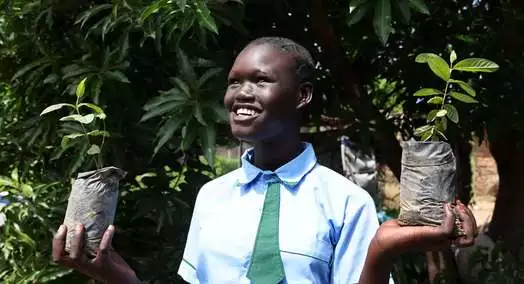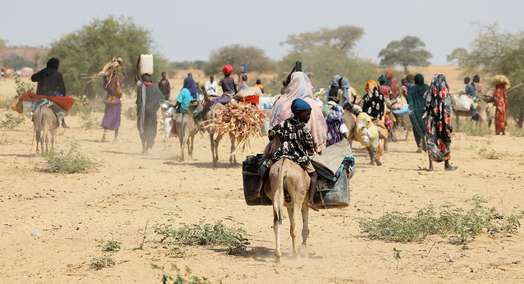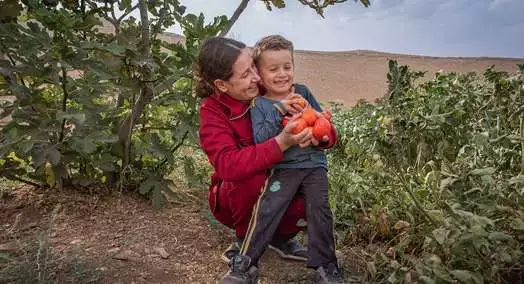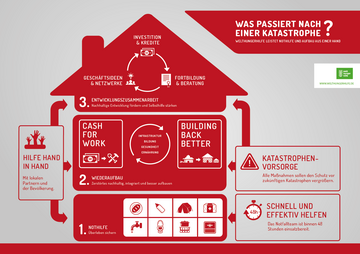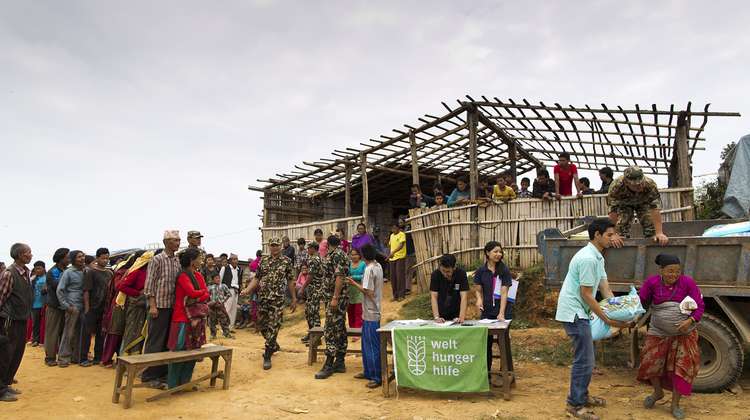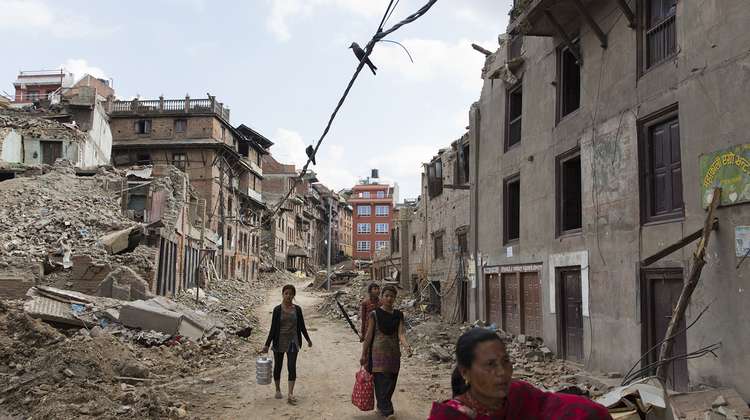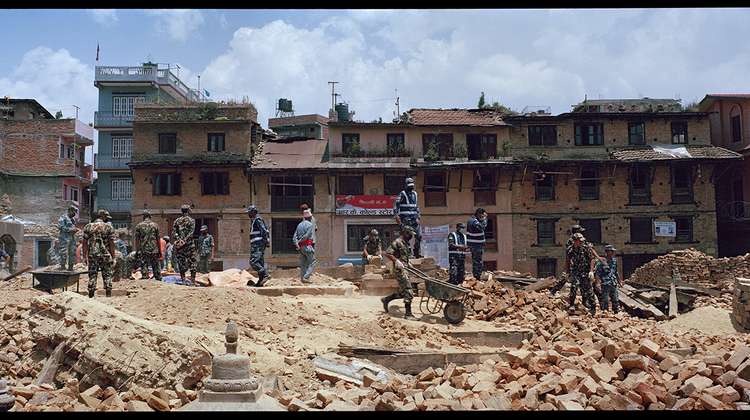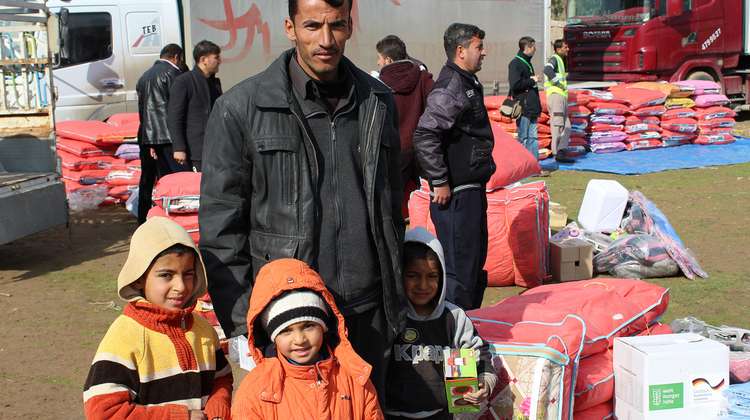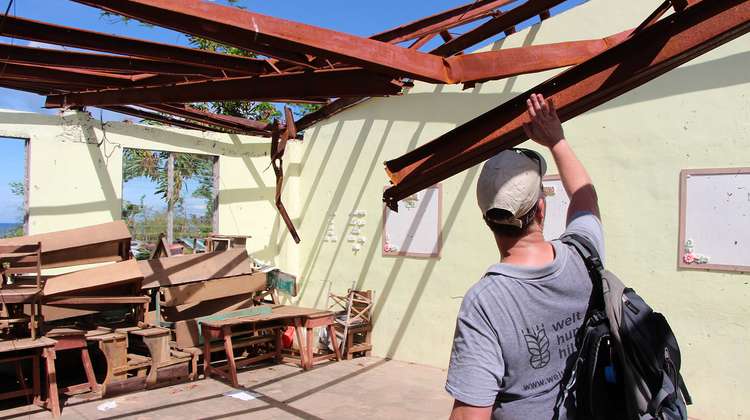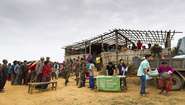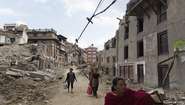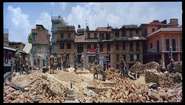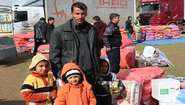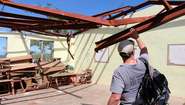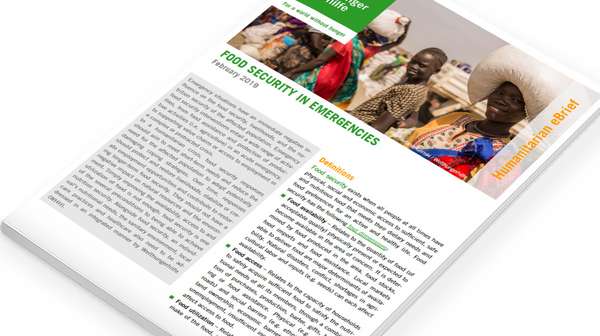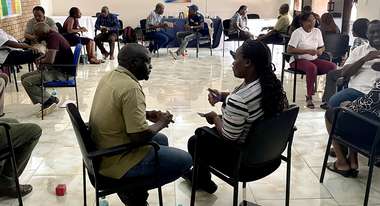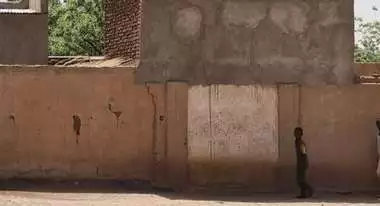This is how Welthungerhilfe works in various emergency situations
Fast, efficient and looking to the future
Welthungehilfe's Emergency Response Team is ready to save lives 24/7.
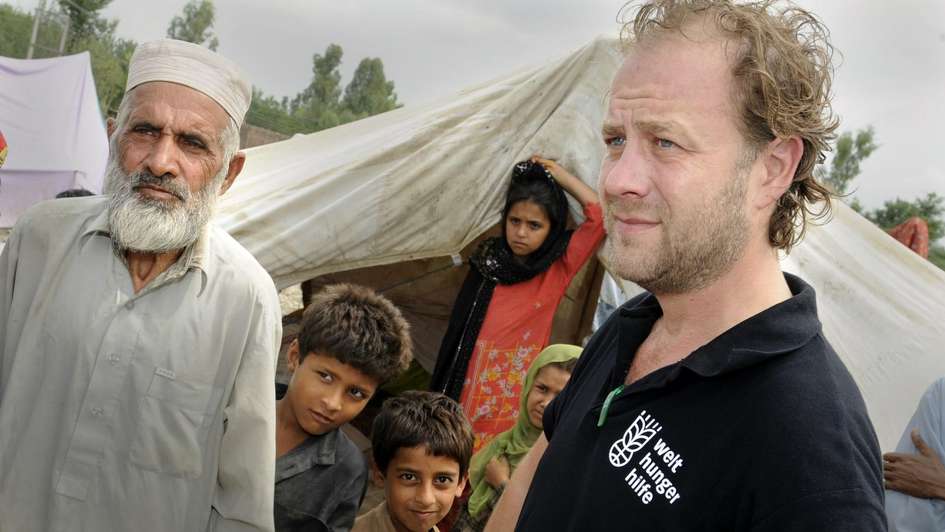
Wherever in the world it is – if a disaster threatens human lives, Welthungerhilfe (WHH) is on the ground in no time, to save and to assist. Like with the devastating earthquake in Nepal in spring 2015. The message had barely come through to WHH head office and the Emergency Response Team was already active: analysing the situation, identifying and initiating assistance – and 48 hours after the earthquake, the first emergency responders were in the Himalayas and providing thousands of local people with tarpaulins, blankets and food parcels.
It has to be this fast. Often, after such disasters, hours are the difference between people freezing, going hungry – or surviving. Therefore, the Emergency Response Team is ready for immediate deployment at any time. The specially trained and experienced employees are permanently on standby and are in constant exchange with colleagues in many countries, with scientists and organizations such as the UN. As a result, they can react immediately or even recognise early on if, for instance, droughts or military conflicts – and thus hunger crises – are imminent.
The focus of the emergency response deployment is food and nutrition security, that is, the supply of food. Where possible, it is acquired locally, saving transport costs and strengthening the local economy. However, it also means thinking ahead and distributing seed, for example, so people can quickly start to provide for themselves again. Water supply and hygiene, shelter and everyday items are also important components of the emergency aid.
In all of this, WHH employees always have an eye on the future: In Nepal, for example, they noted that the earthquake had not destroyed any of the houses with steel bracing. As a consequence, during the reconstruction work they focused on steel, and also recommended this to the Nepalese government.
The Emergency Response Team can respond flexibly to such concrete circumstances with each deployment. The experience of employees is a great help here. As is the Emergency Assistance fund: So that after a disaster there is no need to apply for funding and wait for donations to come in, the team can access this emergency budget at any time and immediately procure vital survival aid supplies. If donations are then received, the fund is topped back up again. In Nepal, the fund financed blankets and heating materials without delay, saving the thousands of homeless people from freezing at night.
No matter the speed of the response, basic rules like the ‘Core Humanitarian Standards’ apply in every emergency situation. For example, the assistance must be prompt, effective and sustainable. And the emergency responders must not cause further damage, even by mistake. If they provide survival aid for war refugees, they must ensure that they are not indirectly supporting one party and aggravating the conflict. And their assistance must not obstruct the independent initiatives of the affected people but must initiate the reconstruction and independent provision.
The Emergency Response Team wants the rapid survival aid to bear fruit in the long term and the reconstruction to succeed together with the affected people. This will result in better preparedness for the next crisis and ZeroHunger being achieved in the long term. To this end, each assignment is evaluated and methods and processes are improved if necessary. The team can therefore save lives faster and more efficiently when the next disaster hits.

